Cat Sleeping Positions Explained: What Each One Tells You
Introduction
Cats sleep up to 16 hours a day, adopting various positions that reflect their comfort, mood, and sense of security. Observing how your feline sleeps can reveal insights into their emotional state, health, and bond with you.
1. The Classic Loaf
Description: Front paws tucked under chest, back legs folded, body resembling a loaf of bread.
Meaning: Relaxed but alert; your cat feels secure enough to rest but remains ready to spring into action if needed.
Health Note: Typically normal; if maintained for extended periods with no movement, ensure they stretch occasionally to avoid stiffness.
2. Curled-Up Ball
Description: Body curled tightly, tail wrapped around face or belly.
Meaning: Conserving warmth and protecting vulnerable organs; common in cooler environments or when your cat seeks extra security.
Health Note: Normal behavior; if your cat remains tightly curled for too long, gently encourage stretching to promote circulation.
3. Sprawled on the Back (“Belly Up”)
Description: Lying on the back with belly exposed, legs splayed outward.
Meaning: Ultimate trust and comfort; exposing the belly—a vulnerable area—signals your cat feels extremely safe and relaxed.
Health Note: Watch for any signs of labored breathing; if your cat struggles to breathe while lying upside down, check for respiratory issues.
4. Side Sleeper
Description: Lying on one side, legs stretched out.
Meaning: Comfortable and content; side sleepers are in a deeper sleep phase and feel secure in their environment.
Health Note: Normal. Occasional shifting is important for muscle health.
5. Head Over Paws (“Figure Eight”)
Description: Resting head on front paws, hind legs extended behind or to the side.
Meaning: Semi-relaxed state; your cat is comfortable but still alert to surroundings, ready to wake and move if necessary.
Health Note: Normal relaxed posture. Ensure the sleeping surface is soft enough to avoid pressure on joints.
6. Tucked-In Position (“Tight Tunnel”)
Description: Entire body tucked into a compact form, often with head and paws hidden.
Meaning: Seeking maximum warmth and protection; often seen in kittens and more anxious cats. Indicates a desire to feel hidden and secure.
Health Note: If observed frequently alongside other anxious behaviors (hiding, excessive grooming), monitor for stress or health issues.
7. On Elevated Surfaces
Description: Sleeping on high perches—top of shelves, cat trees, or backs of sofas.
Meaning: Instinctual desire to monitor territory from a safe vantage point. Reflects confidence and need for solitude or refuge.
Health Note: Ensure perches are stable and have soft bedding to prevent injury during night-time movements.
8. Close to You or Cuddled
Description: Sleeping pressed against your body, on your lap, or curled beside you.
Meaning: Demonstrates strong bond, trust, and affection. Your cat feels safest when near you, indicating a secure attachment.
Health Note: Normal affectionate behavior. If your cat avoids your touch while sleeping, respect their personal space to avoid stress.
When to Be Concerned
Unusual Restlessness: Constant shifting, inability to find a comfortable position, or frequent wakes may indicate discomfort, pain, or medical issues (arthritis, injury).
Rapid, Shallow Breathing: Check respiratory health if you notice panting or rapid breathing while at rest.
Excessive Sleeping: While cats sleep a lot, sudden increases in sleep duration or lethargy can signal illness or depression; consult a veterinarian.
Conclusion
Your cat’s sleeping positions offer valuable insights into their emotional state and physical well-being. By observing these positions—loafing, curling up, sprawling belly-up—you can gauge comfort, trust, and any potential health concerns. Respect their preferred sleeping spots and ensure a safe, cozy environment to support healthy rest and a happy, well-adjusted cat.
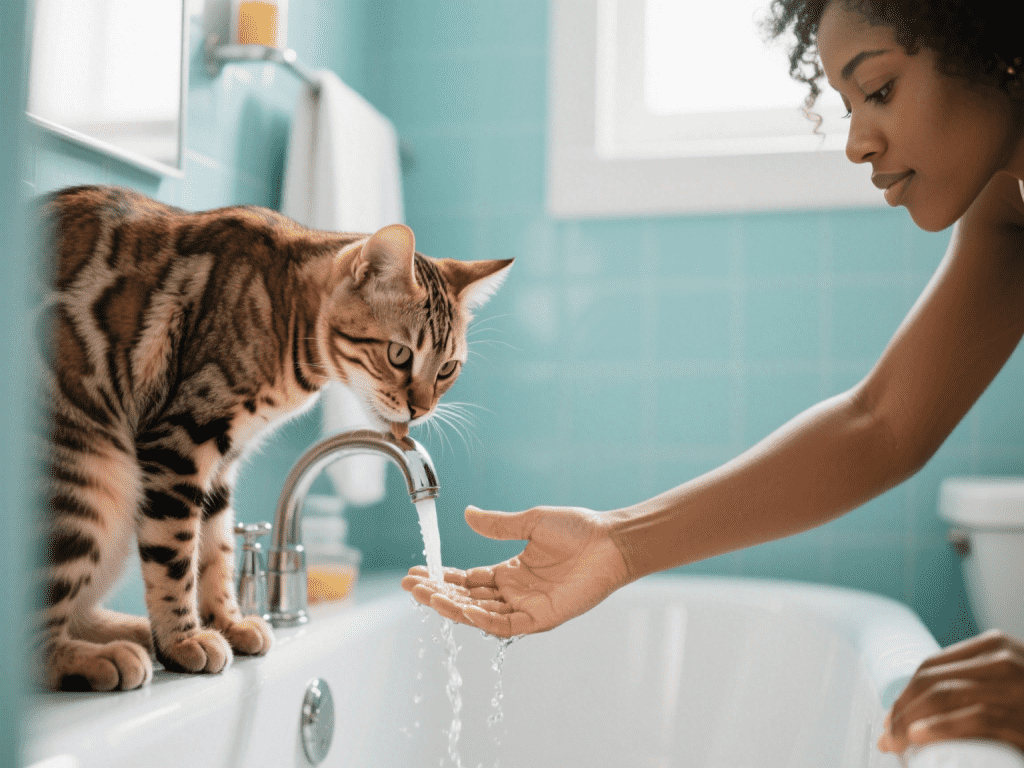

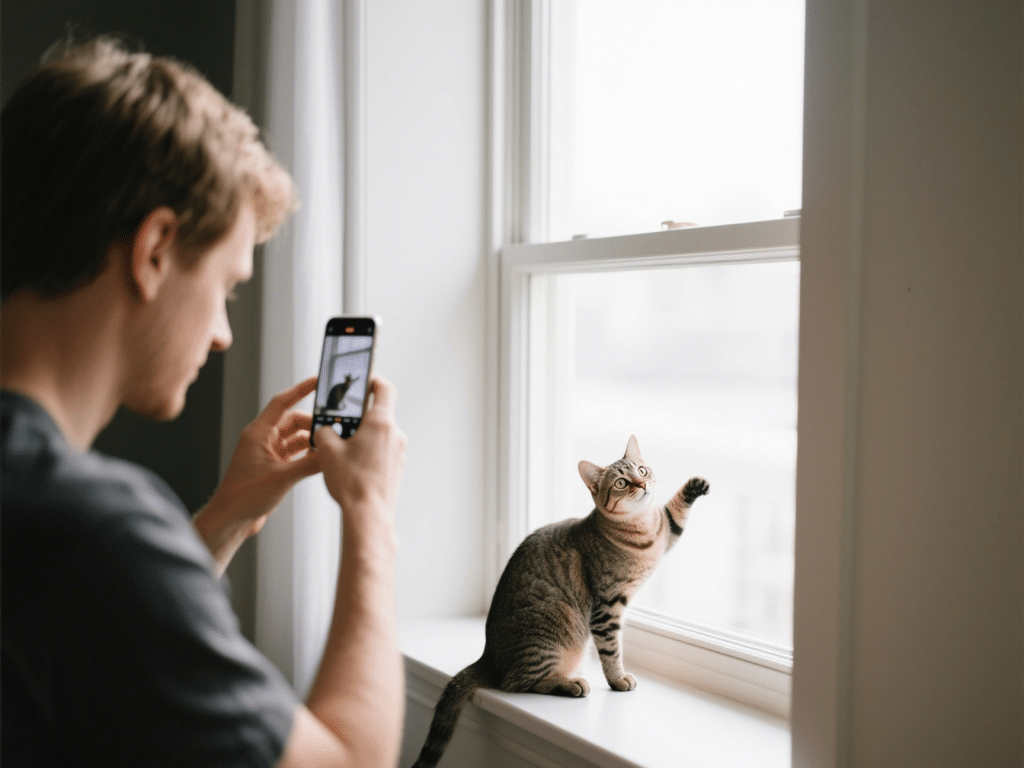
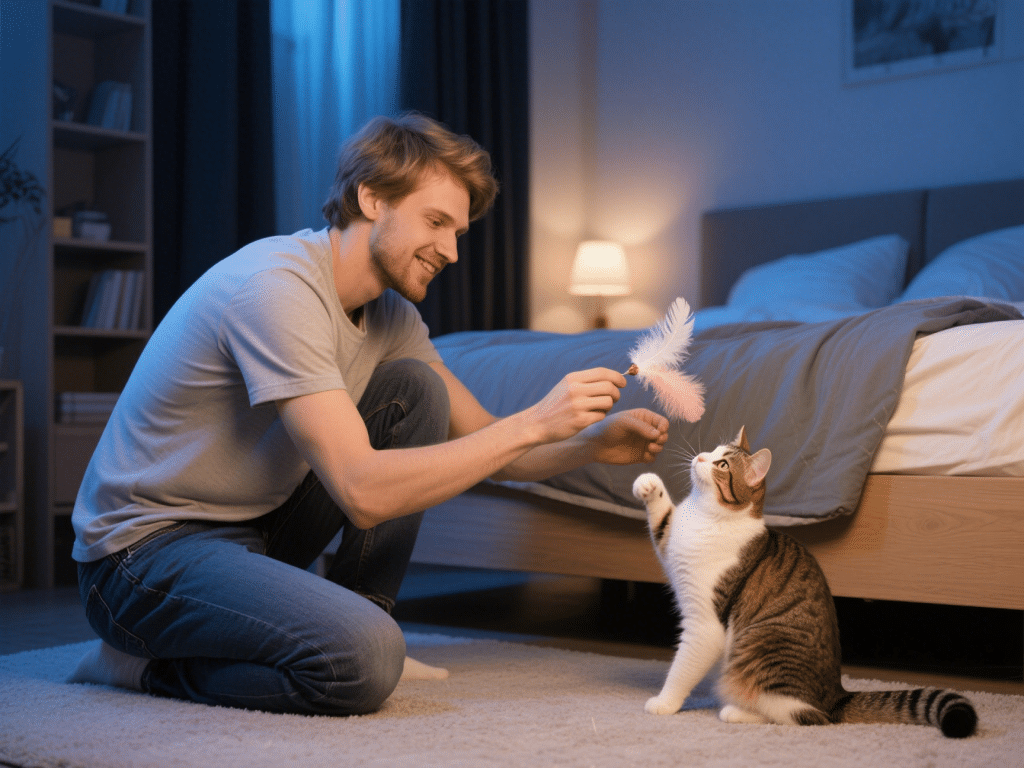


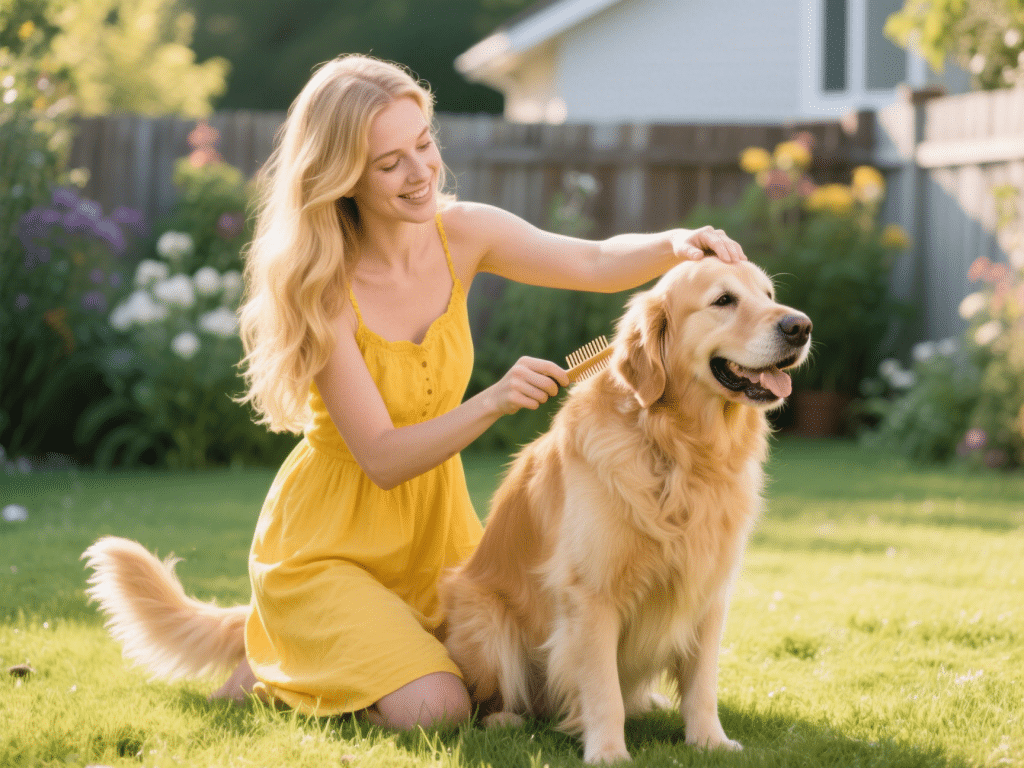
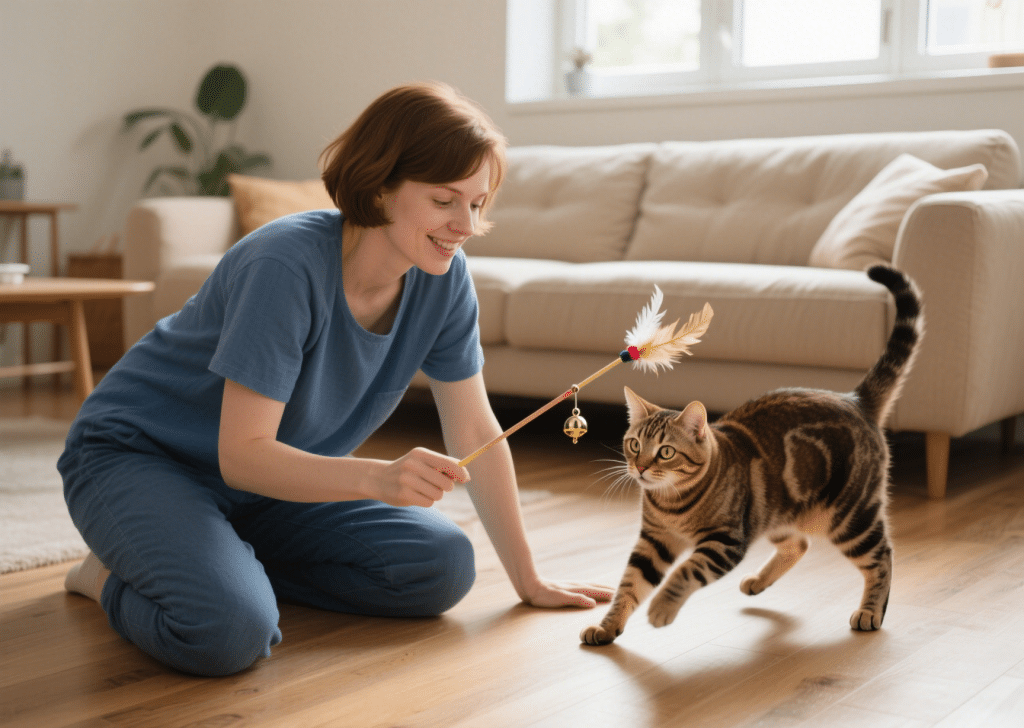
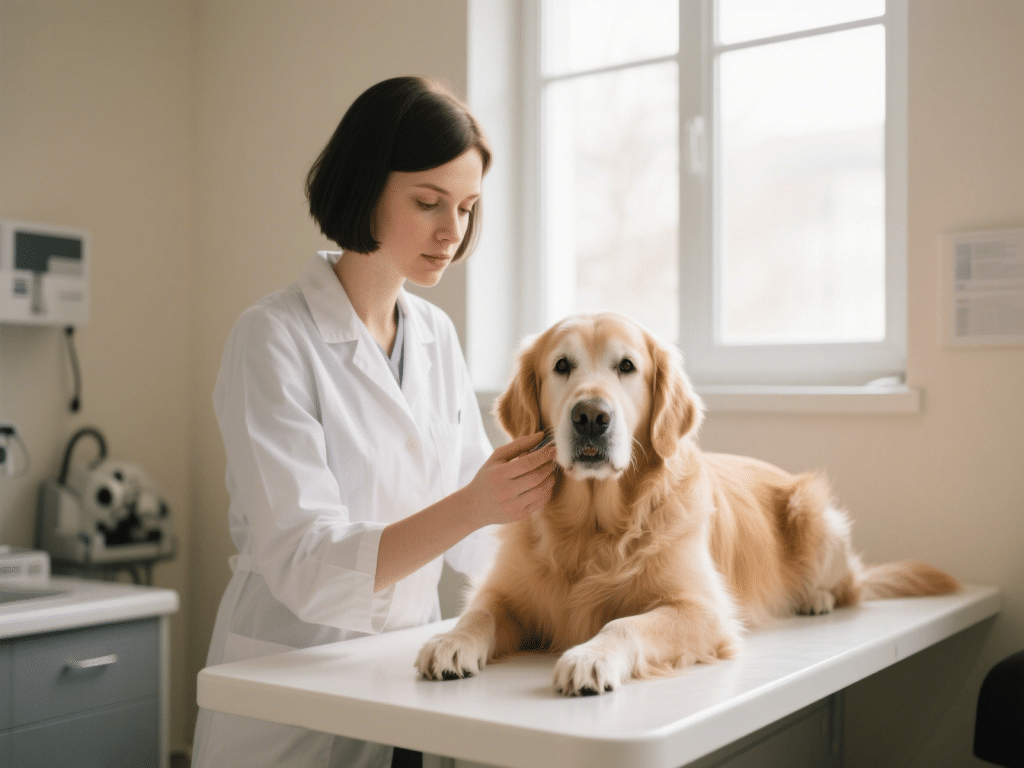
Comments on "Cat Sleeping Positions Explained: What Each One Tells You" :